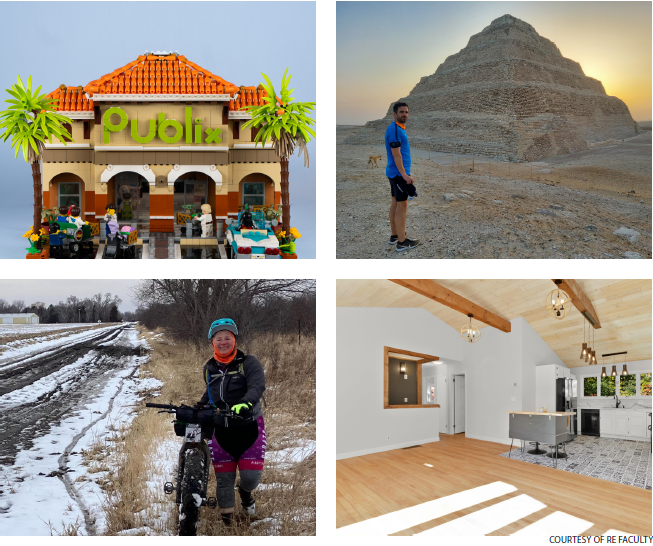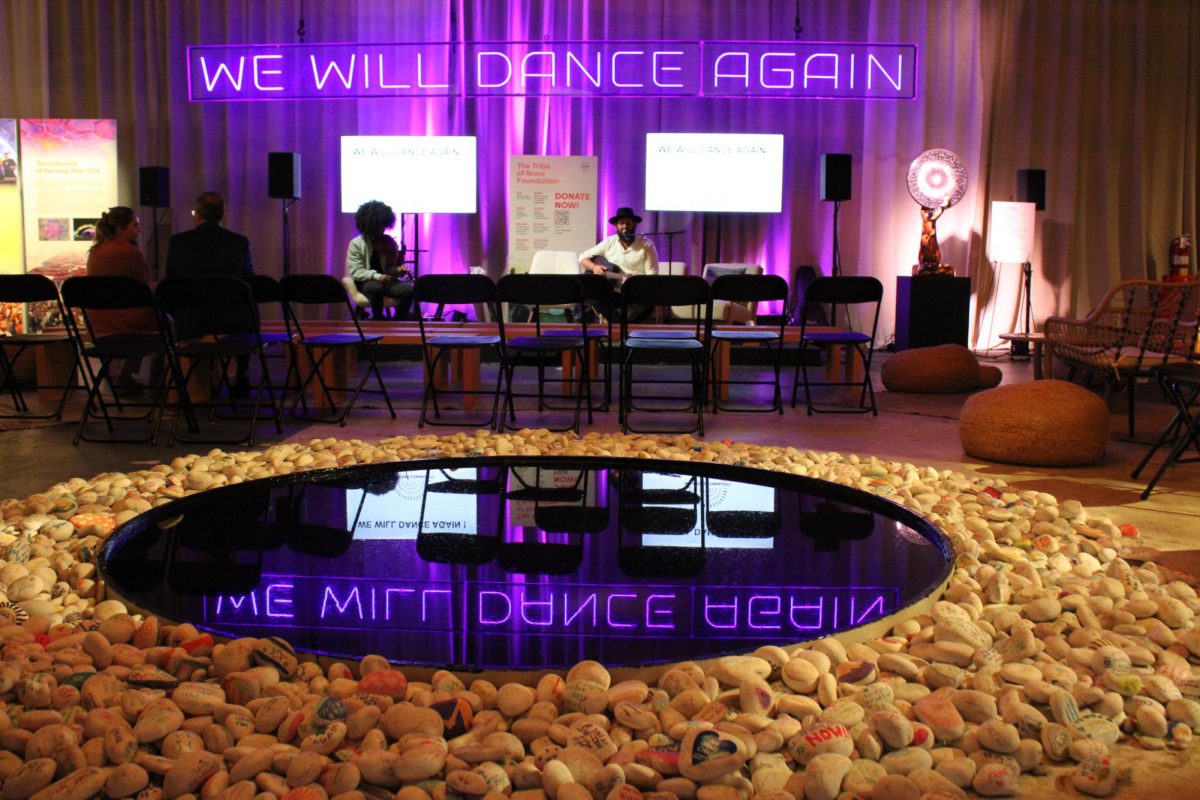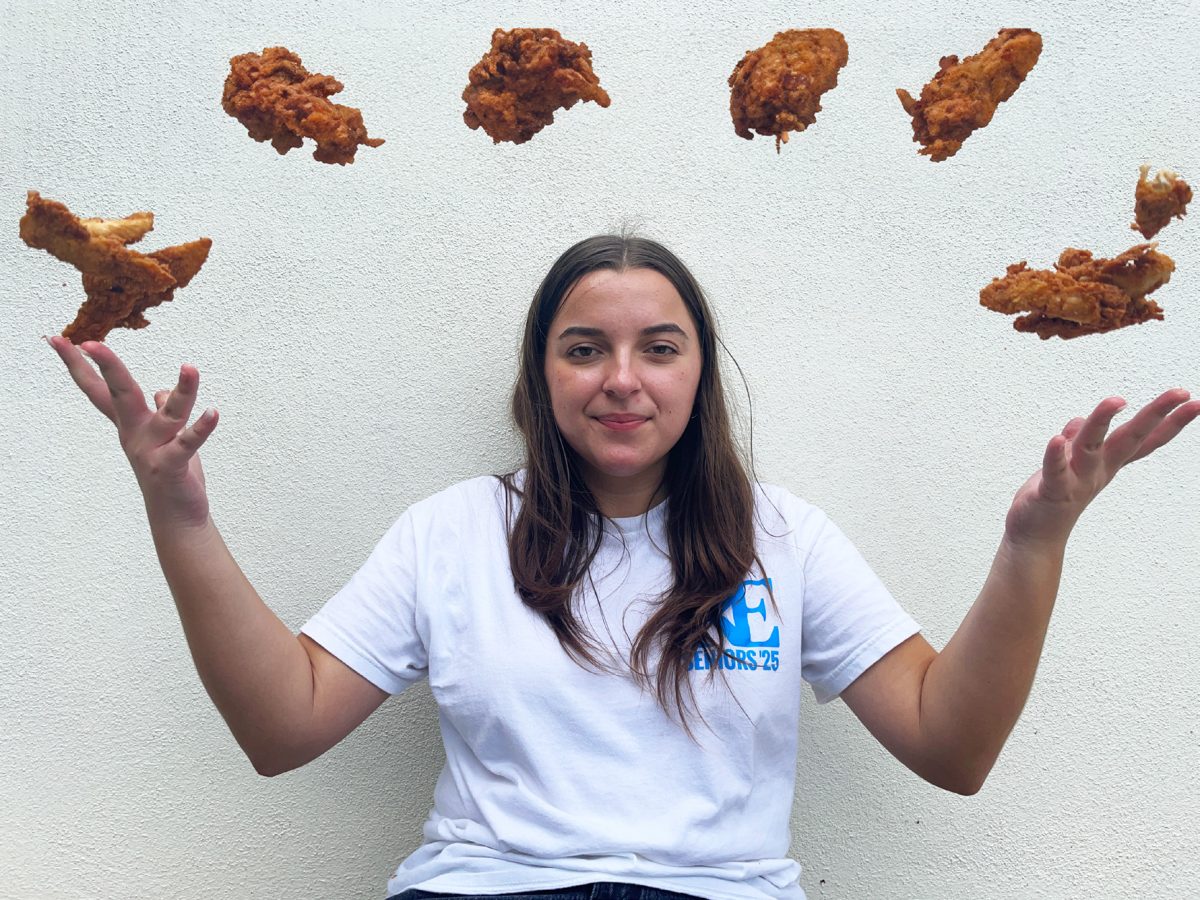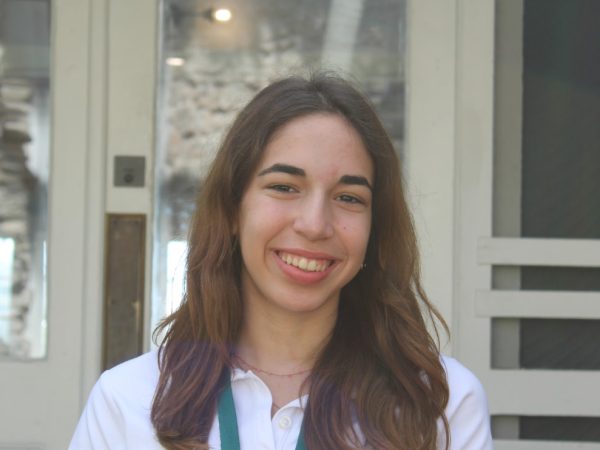Dr. Margini: The LEGO Aficionado
Dr. Margini came out of his ‘Dark Age,’ a term the LEGO community uses for the period of time after childhood when you stop building with LEGO, during the pandemic. He entered this new period of “enlightenment” after noticing his children’s “weak sauce” LEGO Duplo train and remembering the five glorious bins of childhood LEGO he had in his garage.
Now, his collection of original LEGO creations boasts a meticulously designed Publix, several LEGO paintings, a working cuckoo clock, and pirate ships that have caught the attention of LEGO fans throughout Miami. In September, his LEGO pieces were featured at the opening of the new Aventura Esplanade LEGO store. To learn more about Dr. Margini’s craftsmanship follow his LEGO Instagram account @marginibuilds!
Where does Dr. Margini get the inspiration to create such intricate builds?
“There’s this concept of seed parts in the LEGO community, which is basically when you get a weird piece or something and you try to design something around it in an unfamiliar way. So, with Publix, I had these carrots, thousands of carrots for no reason. I thought, ‘What do I do with all these carrots?’ And then I realized that they could be good roof tiles.”
As a Humanities teacher at RE, Dr. Margini pointed out that designing LEGO creations is concrete and technical as much as it is about imagination. These aspects have strengthened a different, more mathematical part of his brain.
“With LEGO there’s a ton of math involved. Not complicated math, but with the cuckoo clock, for example, I had to figure out how to create a face with 12 equal segments and 30° angles between them, and then the mechanisms for the clock itself were all about gear ratios. LEGO is aesthetics, but it’s also engineering.”
Dr. Grace: The Endurance Biker
Dr. Grace’s passion for astroparticle physics isn’t the only thing that sets her apart; her response to a simple questionnaire was as striking as it was surprising: “I race in the women’s fat-bike category.” While doing post-graduate physics research in Lincoln, Nebraska, Dr. Grace recalled how biking was her main mode of transportation. She was soon thereafter inducted into “Sheclismo,” an all-women cycling team, which furthered her gravel racing journey. But what exactly is “fat-biking?”
“With a fat bike you are treading and riding a more massive bike. It’s about a 35 to 40 pound bike, so you get a smoother ride, but it’s a lot heavier. The uphills are a lot harder, but the downhills are a lot smoother. That’s why the fat bike category is its own racing category. You’re not going to be as fast as somebody on a slimmer bike, but you also have to be a lot stronger.”
Yet endurance biking isn’t just a part-time hobby for Dr. Grace. She has competed at numerous biking competitions such as the women’s inaugural winter endurance race, where she placed first in the fat-biking category. To set the context: it was a February day in Nebraska, which meant that it was not only 17 degrees, but also snowing.
Dr. Grace revealed that she doesn’t compete in fat-biking or gravel racing for the glory of winning such races; her main motivation is to be a part of the “welcoming and chill” cycling community.
“I’ve raced under teams. and I’ve raced by myself, and now I presently race for the Pirate Cycling League, which is a grassroots cycling club. I like it because it’s very anti-establishment. Anybody can ride for them. It’s all about being inviting in the cycling community.”
Mr. Yeo: The Ultra Marathonist
While some may know Mr. Yeo as their history teacher or cross-country coach, underneath these positions at RE lies an unknown hobby. He is not only an ultramarathonist, but an entrepreneur who started a business leading guided running tours in Cairo for those wanting to see the beauty of the city in a safe way.
How did he get this idea, and why was running involved in the first place?
“I started doing ultra marathons maybe eight years ago, and I didn’t do any organized runs. I just picked somewhere that I think is very pretty, flat and importantly shady. The biggest run I’ve done was six marathons in six days, and it was 265 kilometers. I ran from Toulouse in France to Montpellier along the Canal du Midi.”
Mr. Yeo’s love for running became a new way to experience a city. As he and his friend Darren ran through the sites in Cairo, locals and tourists alike became intrigued and interested in joining them for a tour of the city, specifically the places that weren’t as well-known or open to the public.
“A lot of Egyptians wanted to come on the tours, because it’s often true of the place that you live in, you just take everything for granted. So almost every Friday morning, for around 8 months, we would just take groups out, meet at the oldest Christian site in Cairo, and then run. We stopped at all the different sites that had been conquered and reconquered by so many different groups of people throughout history.”
When asked about his favorite guided tour experience, one immediately stood out to Mr. Yeo:
“We got dropped off in the desert in Ubers, then ran back to the pyramids. It was this amazing run where people are seeing the sun rise over the pyramids who usually can’t because they’re on the far side of the city. But if you approach it through the Sahara, like we did, you get to see it completely.”
Ms. Dalins: The Shark Domesticator
Ms. Dalins graduated from keeping butterflies, moths, lizards, and toads loose in her family home to forming what can only be described as a friendship with “Hoover,” a seven-foot-long lemon shark in the Bahamas. How did Ms. Dalins’ love for animals and natural ability to seemingly domesticate them come from?
“My family is Latvian, and there were very few Latvian families in my neighborhood, and since my mother didn’t really want us playing with people outside of these families, I didn’t have many friends. So instead of friends, my mother let me have insects and reptiles for pets. In my house I had cute little green snakes loose in the house plants.”
As the years passed, it became harder to leave loose butterflies roaming around her house. Enter Snappy. Snappy’s name is a great descriptor of what he actually is: a six-and-a-half-inch iguana with a dangerous bite.
“When I was teaching at DASH and at FIU North, I would ride around and teach class with my lizard [Snappy] on my shoulder, and he just stayed there the whole time. My friends had two children, and they had a growth chart for their children and for Snappy. He got to be about 24 inches long.”
Prior to meeting “Hoover,” Ms. Dalins had experience training and coexisting with various reptiles and insects. For her, a lemon shark was never viewed as a challenge. Rather, it was another friend to be made.
Whenever she went down to her dock at approximately the same time every night, Hoover would be there. She recalls regularly asking her neighbors, “Hey, do you want to come see my shark?” Yet this is how she remembers her first interaction with Hoover:
“One night, this kind of large green thing showed up with his glowy, glowy eyes. And he had big flippers and a long tail and was absolutely beautiful. And so, the next night I went out there about the same time, and here he comes again, and soon we learned that he had trained me to come out at 11 o’clock, and I’d usually like to just lay on the dock and pet him.”
Ms. Klees: The House-Flipper
When she’s not teaching AP Biology or coaching RE’s softball team, Ms. Miranda Klees can be found scouting out the next house that she and her partner want to flip. She says there’s one crucial part in deciding which house to give a makeover:
“We usually find houses in foreclosure. These houses need updating, and typically the part that I spend time on is tearing up tile and demoing walls. I’ve gotten pretty good at laying interlocking flooring and doing the cabinet work as well.”
House-flipping isn’t a new endeavor for Ms. Klees. In fact, she got her start in the house-flipping industry as early as elementary school, as she grew up surrounded by construction.
“My dad, when I was about 10, started his own roofing business. I grew up going to job sites with him, helping him with roof tear-offs. And then, in the summers during high school, I would do camps where we would help restore the houses in our community that needed new roofs. [We would help] those that couldn’t afford to do those upgrades to their homes and just make their living more comfortable for them,” she said.
Flipping houses isn’t merely for the aesthetics for Ms. Klees; it’s about serving her community and using her “interlocking flooring” techniques to help those in need of stable housing. Beyond these positive impacts on her community, she points out how when taking on a home, it’s not only a physical undertaking but also a personal, emotional one.
“The house that we did last summer belonged to this 90-year-old woman who didn’t have any family to pass her house on to, so you could really start to see what she was interested in, who she was. We start to learn a lot about the people who were previous owners, and we try to honor that.”








